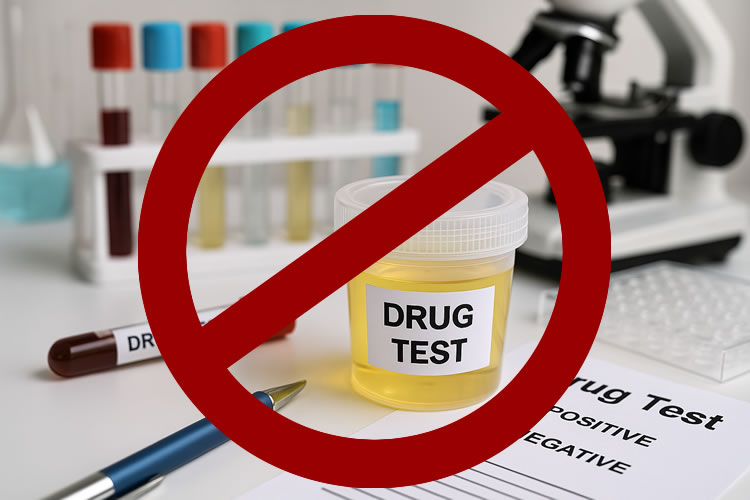(This is Part One of a Two Part Story.)
A pair of environmental nonprofits are threatening to sue one of Vermont’s largest dairies for allegedly polluting Dead Creek, a tributary of Lake Champlain — but the dispute could reach far beyond a single Addison County farm. If the Conservation Law Foundation (CLF) and Vermont Natural Resources Council (VNRC) prevail, their interpretation of the Clean Water Act could redefine how nearly every Vermont farm manages its land and water.
A “novel argument” over tile drains
The CLF and VNRC served a Notice of Intent to Sue against Vorsteveld Farm LLP of Panton on October 16, alleging that the farm’s underground drainage pipes “discharge pesticides directly into Dead Creek” without a required federal pollution permit.
The 60-day notice is a prerequisite to filing a citizen suit under the Clean Water Act.
Vermont’s Agency of Natural Resources (ANR) confirmed it is reviewing the complaint. Agency Secretary Julie Moore described the legal theory as “a pretty novel argument in Vermont … regarding the management and regulation of tile drainage.”
That word “novel” matters.
For fifty years, federal and state regulators have classified tile-drain water as nonpoint-source runoff — part of the field environment, not an industrial pipe discharge. The systems, perforated plastic lines buried beneath cropland, are standard across the Corn Belt and widely used in Addison County’s clay soils to prevent flooding and soil compaction.
Standard practice, not rogue engineering
Tile drainage isn’t a loophole; it’s a federally sanctioned conservation practice.
The U.S. Department of Agriculture’s Natural Resources Conservation Service (NRCS) lists “Subsurface Drain (Practice 606)” as a best-management technique to protect crops and reduce erosion. Vermont’s own Required Agricultural Practices (RAPs) permit the systems under design standards set by the NRCS.
Many farms, including Vorsteveld, have installed tile networks with agency guidance. The state has never required a federal National Pollutant Discharge Elimination System (NPDES) permit for such drains, and to date no individual CAFO NPDES permits have been issued in Vermont, according to VTANR.
What the groups found — and what they compared it to
CLF and VNRC commissioned Burlington engineering firm VHB to collect 92 water samples from “public access points to outfall pipes” near the farm between April 2024 and August 2025.
The groups reported detecting several familiar agricultural compounds including:
| Chemical | Common use | Highest level reported | Relevant EPA benchmark | Context |
|---|---|---|---|---|
| Atrazine | Broad-leaf herbicide for corn | 164 µg/L | Drinking-water MCL = 3 µg/L · Aquatic-life chronic ≈ 60 µg/L | Peak roughly 2–3 × typical runoff levels |
| Metolachlor | Pre-emergent herbicide | < 10 µg/L | Aquatic-life chronic ≈ 100 µg/L | Below concern threshold |
| Clothianidin | Neonicotinoid insecticide (seed treatment) | 0.3 µg/L | Aquatic-life chronic ≈ 1.1 µg/L | Below chronic benchmark |
In their press release, VNRC described the chemicals as “toxic pesticides … spewing from the Vorsteveld pipes” and compared the atrazine readings to drinking-water standards, calling them “fifty times higher than safe levels.” Which would be accurate—if someone intended to drink straight from the discharge pipe.
However, drinking-water standards apply to treated water at the tap, not to raw drainage leaving farm fields. The more relevant aquatic-life criteria are far less restrictive, and the measured concentrations fall within ranges EPA has documented in normal post-rainfall runoff nationwide.
What those chemicals are
All three compounds are federally approved farm inputs:
- Atrazine controls weeds in corn and sorghum and reduces soil disturbance.
- S-metolachlor prevents annual grasses from germinating, often used with atrazine.
- Clothianidin protects corn and soybean seedlings from soil insects as a seed coating — the same pink treatment you see on corn kernels in bulk seed bags.
Their detection in runoff isn’t evidence of illegal activity; it reflects routine agricultural use across most U.S. corn-growing regions.
🍁 Make a One-Time Contribution — Stand Up for Accountability in Vermont 🍁
The “direct discharge” question
Satellite imagery shows Vorsteveld Farm’s tiled fields stretching east toward the Dead Creek wetlands. Drainage lines appear to feed roadside ditches and natural depressions before reaching open water.
The NGOs’ filing does not include coordinates or photographs of the sample sites—only pipe codes such as LT-1 and SF-7. Without that detail, it’s unclear whether the samples came from ditches within farm boundaries or from points that actually touch Dead Creek itself.
Under the Clean Water Act, the difference is critical. Only discharges from a “discernible, confined, and discrete conveyance” into navigable waters require NPDES permits. Water that filters through soil, ditches, or wetlands is generally classified as nonpoint runoff, regulated through state conservation programs, not federal permits.
Why the outcome matters
If a court—or even a settlement—accepts the CLF/VNRC theory that tile drains are “point sources,” the precedent would apply statewide.
Every farm using subsurface drainage could be required to obtain a federal pollution permit, monitor each outlet, and file discharge reports like an industrial facility.
Environmental engineers estimate that NPDES compliance—sampling, lab testing, paperwork, and consultant fees—can cost $50,000 to $150,000 per year. By contrast, maintaining tile drains and following Vermont’s Best Management Practices costs most farms a few thousand dollars annually.
Vermont has hundreds of tiled farms. Extending federal permitting to all of them would multiply regulatory costs into the tens of millions and could push smaller dairies out of operation.
State and federal context
Both state and federal agencies currently encourage tile drainage as a conservation practice.
NRCS cost-shares installation through its Environmental Quality Incentives Program, and Vermont’s RAPs explicitly regulate how outlets must be stabilized and maintained—not whether they exist.
That policy makes the lawsuit unusual: it targets a system the government itself promotes.
If the case proceeds and the farm settles or loses, it could force ANR and the Agency of Agriculture to rewrite state rules and create a new class of federally regulated discharges.
The larger picture
The CLF and VNRC argue that Vermont’s waterways remain overburdened by nutrient and pesticide runoff and that only stricter federal oversight can ensure compliance.
Farm groups counter that litigation is a blunt instrument for managing complex hydrology.
The state, meanwhile, finds itself caught between defending its own conservation framework and responding to environmental groups that are also major participants in drafting Vermont’s water-quality laws.
For now, the Vorsteveld notice is only a threat. But even if the case never reaches court, the debate it raises could reshape how Vermont defines farming itself:
Is a tiled field a managed landscape—or a regulated pipe network under the Clean Water Act?
Stay tuned for Part Two, where the story behind the lawsuit gets even wilder.
Dave Soulia | FYIVT
You can find FYIVT on YouTube | X(Twitter) | Facebook | Parler (@fyivt) | Gab | Instagram
#fyivt #VermontFarms #CleanWaterAct #Agriculture
Support Us for as Little as $5 – Get In The Fight!!
Make a Big Impact with $25/month—Become a Premium Supporter!
Join the Top Tier of Supporters with $50/month—Become a SUPER Supporter!









Leave a Reply